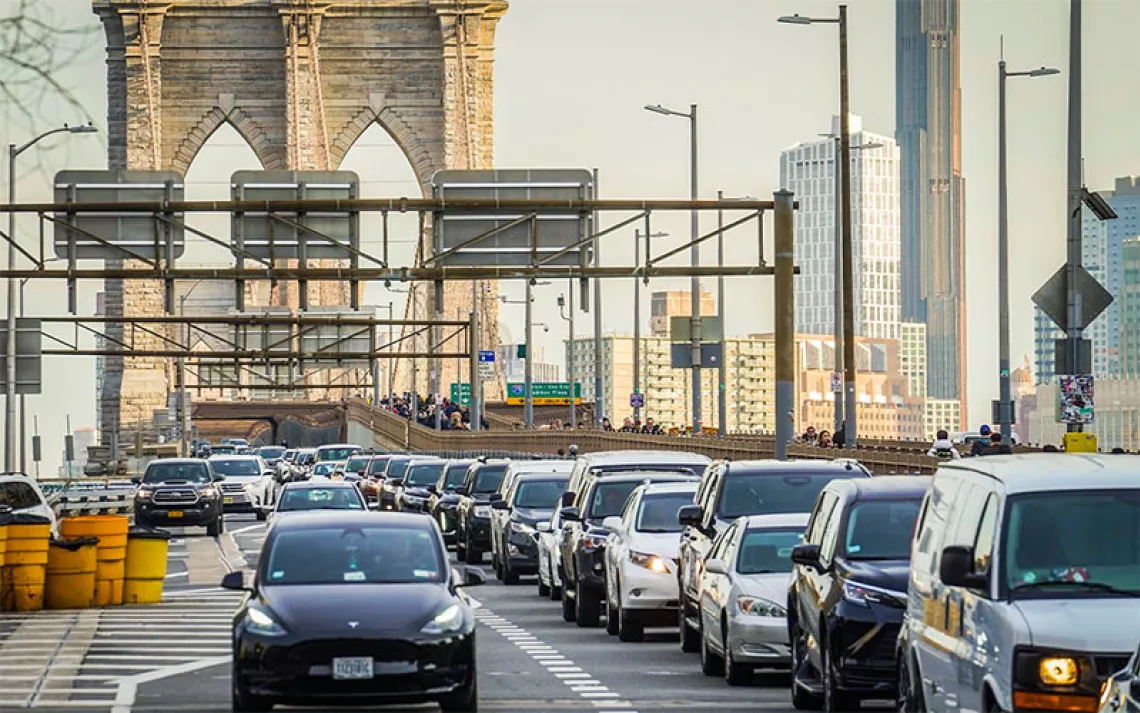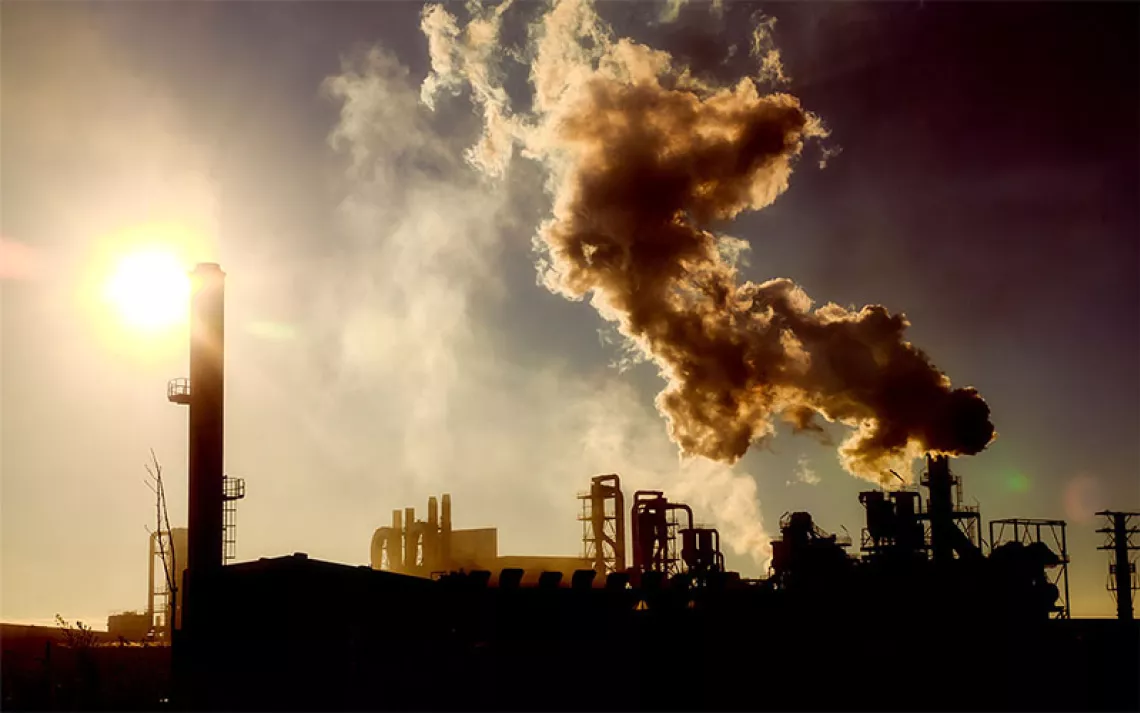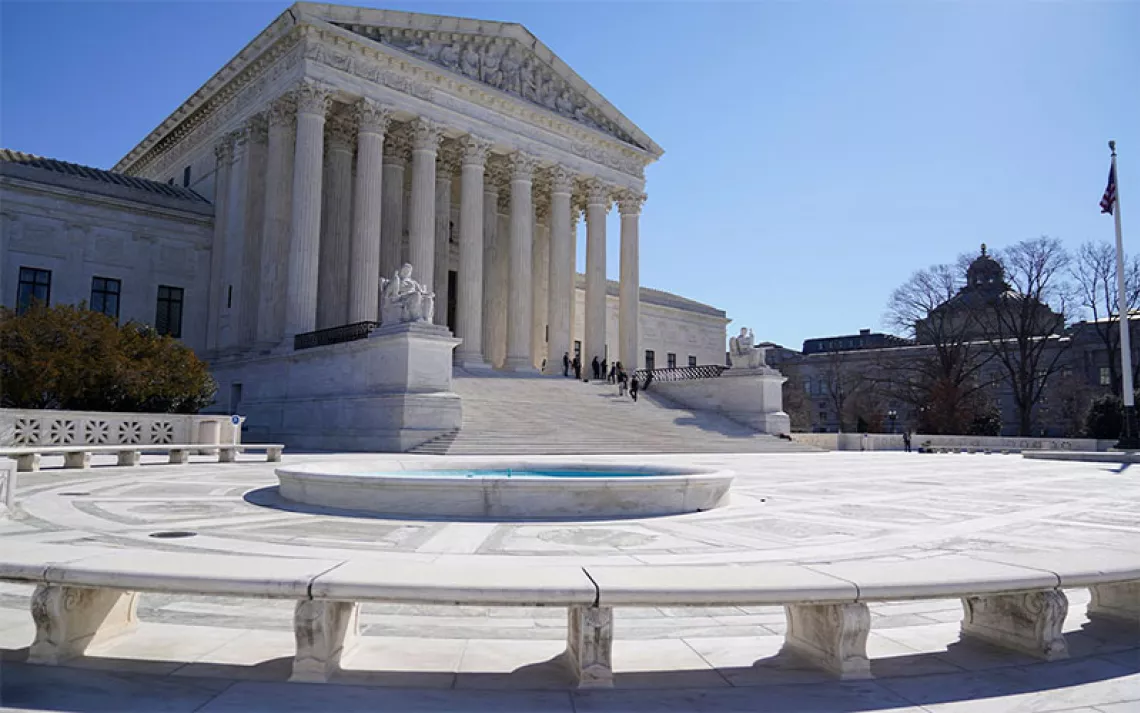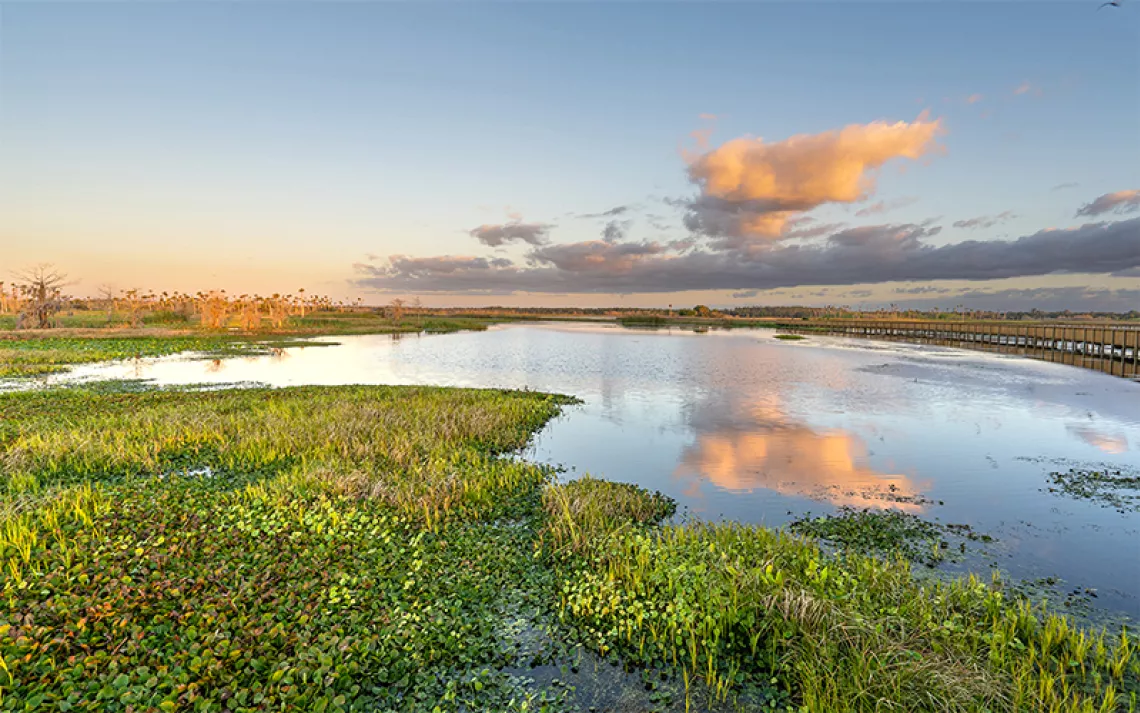Keeping It Clean
Looking back at 44 years of the Clean Water Act
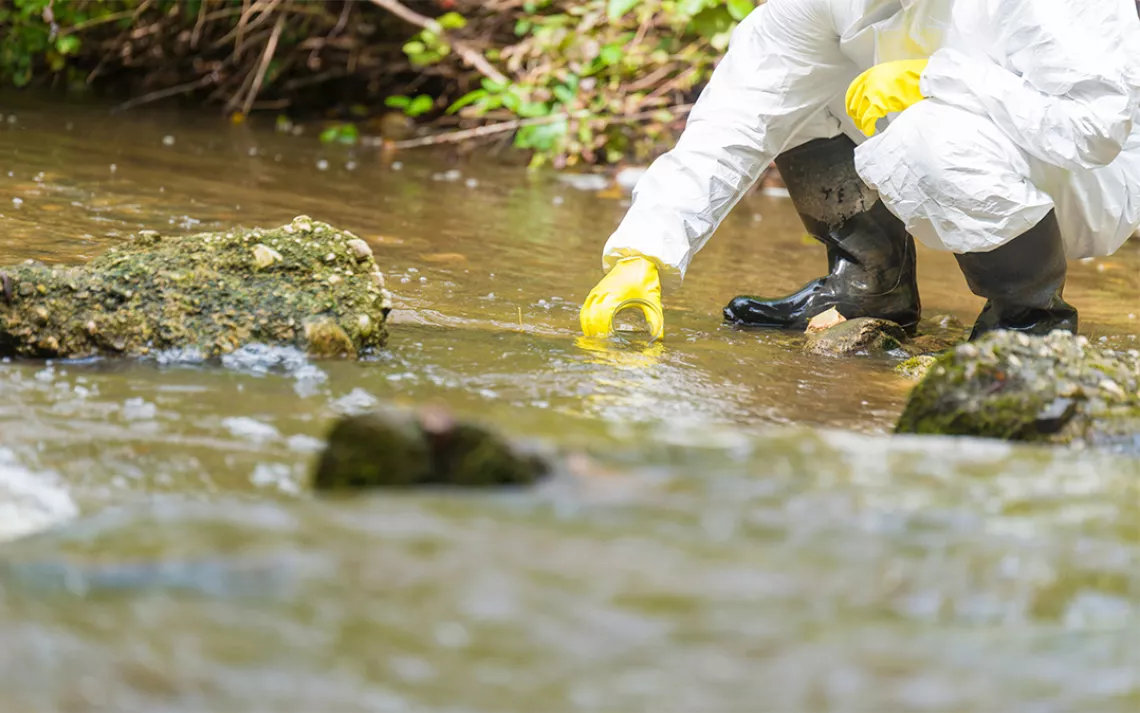
Photo by GregorBister/iStock.
Forty-four years ago, Congress enacted a landmark piece of legislation—the Clean Water Act—to protect one of our most important resources. The law created a legal framework for regulating water pollution in the United States while establishing procedures and standards for treating wastewater.
For Elaine Giessel, the CWA was an important first step in the fight to keep water clean. She’s seen firsthand what can happen when waters are left unprotected. She grew up in Texas when the Houston Ship Channel was so overrun with pollutants, it became a dead zone. Years later, she helped form the Gulf Restoration Network, which is dedicated to cleaning up another polluted body of water, the Gulf of Mexico, and addressing the dead zone that has formed there.
This dead zone was created after nitrogen (mainly from cornfields) eventually ended up in the Gulf, stimulating the growth of single-cell algal plankton. Once the plankton died, they sunk to the bottom of the water, decomposing and consuming all the oxygen around them. “Fish swim away. Crabs swim away from it. The critters that can’t swim away from it die from lack of oxygen,” Giessel said.
While Giessel has always been environmentally conscious, as a marine ecologist, she is especially aware of issues concerning water. Her motto is, “Water connects everything, from the headwaters of the streams all the way to the oceans.”
While the Clean Water Act was an important step in protecting water, it’s not perfect—as the issue of dead zones makes clear. The Gulf of Mexico is a case in point.
The dead zone in the Gulf is largely the result of what is categorized under the CWA as nonpoint source pollution (i.e., runoff from gardens, fields, and sewers, as well as big agricultural farming). The Clean Water Act makes point source pollution (i.e., directly dumping waste into bodies of water) illegal without a permit but is vague when it comes to nonpoint source pollution.
Communities are just beginning to connect the dots. “Water flows downhill,” Giessel said. “You’d be surprised how few people get that.”
Although the CWA put necessary restrictions and regulations in place, many clean water activists believe it needs to be updated and strengthened. The act has existed in its current form for just over 30 years, and many attempts to update it have been met with resistance.
Gil Rogers, director of the Atlanta office for the Southern Environmental Law Center, explained that nonpoint source pollution simply wasn’t addressed in the 1970s when the CWA was passed. Plus, new types of pollution have since come into existence. “There needs to be an update in regard to the whole suite of pollutants that threaten water supplies,” Rogers said.
The CWA also faces serious issues when it comes to enforcement: The EPA has primary responsibility, but it generally operates within more of an oversight role than direct enforcement. It is up to each individual state to make sure the statutes of the act are followed.
During his time at the SELC, Rogers found that “even if a permit issued under the Clean Water Act has all the requirements that are called for, a lot of the time those permits get violated. Groups like ours enforce the Clean Water Act when the government doesn’t have resources.”
Grassroots organizations like Giessel’s have essentially volunteered to step in where the EPA hasn’t. In many cases, it is up to the members of a community to gather the evidence and prove to the authorities that their water isn’t safe.
For example, Darree Sicher founded the grassroots organization United Sludge Free Alliance about seven years ago when some friends complained about waste dumped near their property, putting their well at risk. Sewage sludge (composed of everything and anything that goes down the drain) is used as fertilizer on many farms and contaminates food and water supplies. “The main thing we are focusing on is educating people and giving them tools to push for the change they want in their communities,” Sicher said. “You have the right to say 'I don’t want to be contaminated.'”
Another activist, Mara Dias, the water quality manager at the Surfrider Foundation, explained that one segment of their organization, the Blue Water Task Force, “tries to fill in the gaps and provide information to the community that is otherwise not available.” However, “volunteers are not happy with just measuring; when they get hits, they want to know what the next step is.”
Sometimes, the next step involves taking legal action. Rogers recalled working on a case in eastern Alabama where a wastewater treatment plant routinely violated the CWA. “It’s a really important part of the way that the CWA is set up, enabling concerned citizens to enforce the act,” Rogers said. He also noted that companies often fail to properly monitor the presence of pollution or don’t report the data concerning the conditions of waterways receiving discharge.
Between her work with the Gulf Restoration Network, the League of Women Voters (currently working on outreach concerning stormwater quality), and her Heartland Ocean Connections presentations, Giessel is keeping busy. She is constantly asking those around her, “What do we give back to the ocean?”
“My job as a marine scientist is to remind people who are in Kansas City that they, too, have a stake in the ocean.”
She encourages individuals to share knowledge about their local environments. She recalled a meeting to determine whether to issue a wastewater discharge permit in the Gulf of Mexico. She pointed out that the section of water in which they were planning on dumping went completely dry during certain storms, and the plan was reconsidered.
“The folks engaged don’t know everything, and you can provide critical information that can change the circumstances.”
At the end of the day, Giessel is proud to be working in water: “This is a planet mostly made up of water after all.”
 The Magazine of The Sierra Club
The Magazine of The Sierra Club
